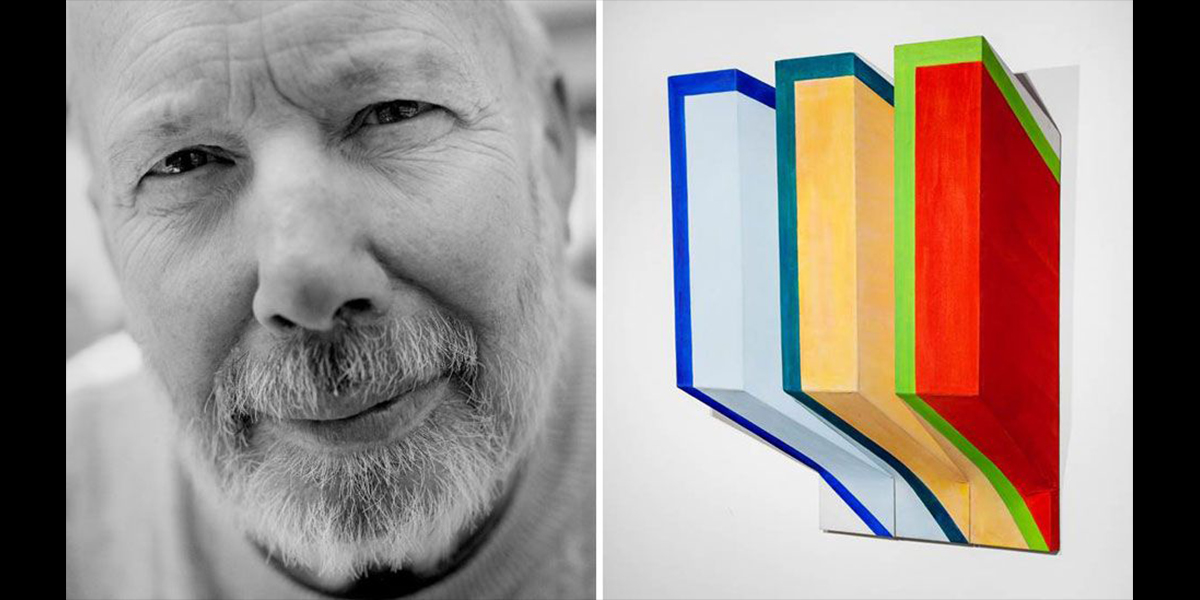Richard Smith the English painter and printmaker has died age 84. Smith was born in 1931 and grew up in Letchworth Garden City. He attended art school in Luton and St Albans before studying at the Royal College of Art from 1954 to 1957, where he was a precursor of the generation of Pop artists that included David Hockney, Allen Jones and Patrick Caulfield. His work is held in the collections of Tate and the Museum of Modern Art, New York. From 1959 to 1961 he lived in New York on a Harkness Fellowship, producing paintings that combined the formal qualities of the work of American abstract painters, with references to American commercial culture, with its lush seductive colours, exploitation of magnification and soft-focus effects and, generally, its stimulation of desire and fantasy.
Smith challenged the structural properties of stretching canvas, expanding the frames into three dimensional structures by building extensions. Smith produced these works on a large scale, alluding to the monumentality of the billboards that surround the landscape of America. During the 1970s and 1980s the canvas was taken off the usual wooden stretchers, with strings hung from the edges or tied in knots; these works were coined the ‘kite’ pieces and were no longer restricted to hanging rigid on the wall.
His ambition to make painting share a common sensibility with media outside conventional fine art, such as film and photography, began to wane by 1968. Smith’s influential use of shaped canvases sometimes physically extended into space and initially referred to devices used in advertising to promote products and to overpower and entice the spectator. Gradually such direct references were minimised in favour of the largely self-contained abstract qualities of shape, support, colour and surface. Repetition suggests some response to Minimalism, although he resisted the call to new materials, comparing his cutting and folding of canvas to large-scale origami, and often using sequential changes to suggest the passage of time, as in a diary or calendar.
From 1972 onwards Bulky constructions followed and paintings using components of tent manufacture (aluminium tubes, canvas and string), their structures often resembling kites. These paintings focused on the physical constitution of painting as a stretched and suspended surface, playing with relationships of colour and shape, drawing and structure. After resettling in New York in 1976, Smith’s ‘kites’ evolved into larger-scale architectural decoration, often in response to commissions.
Richard Smith 1931 – 2016
Photo Left: by Rosie Hallam/ Insert Courtesy of Flowers Gallery

